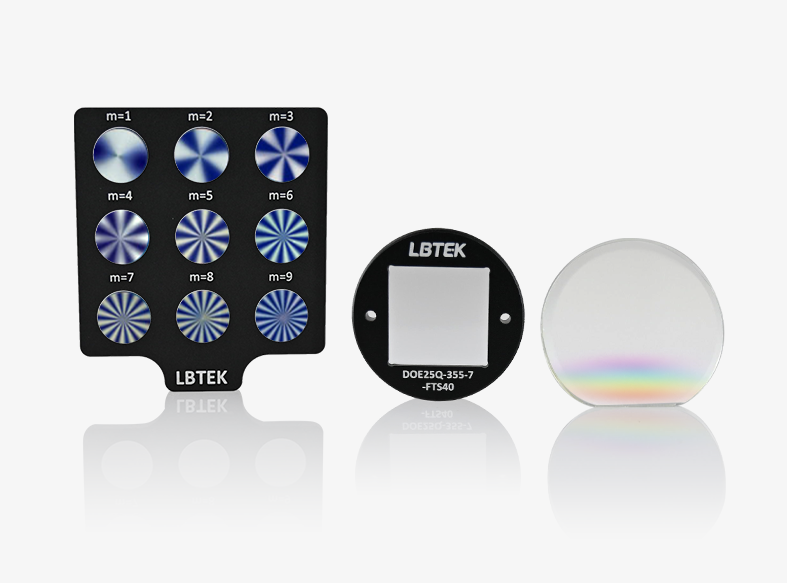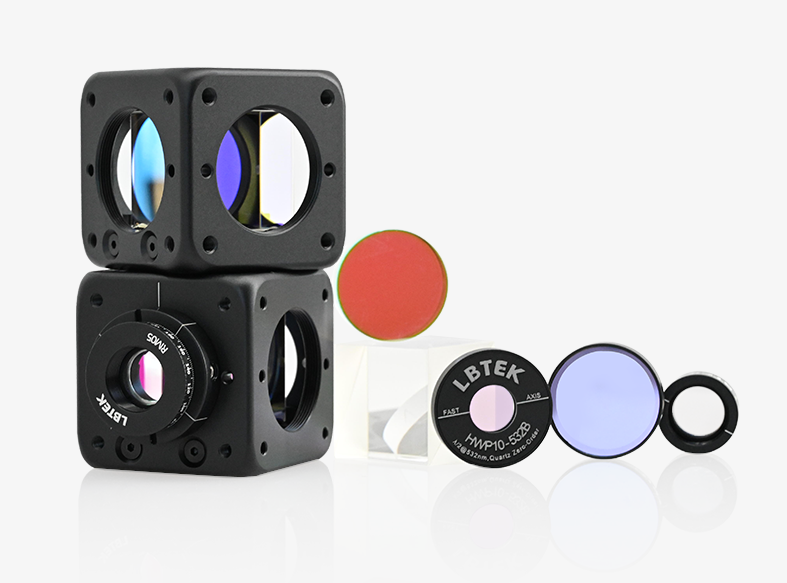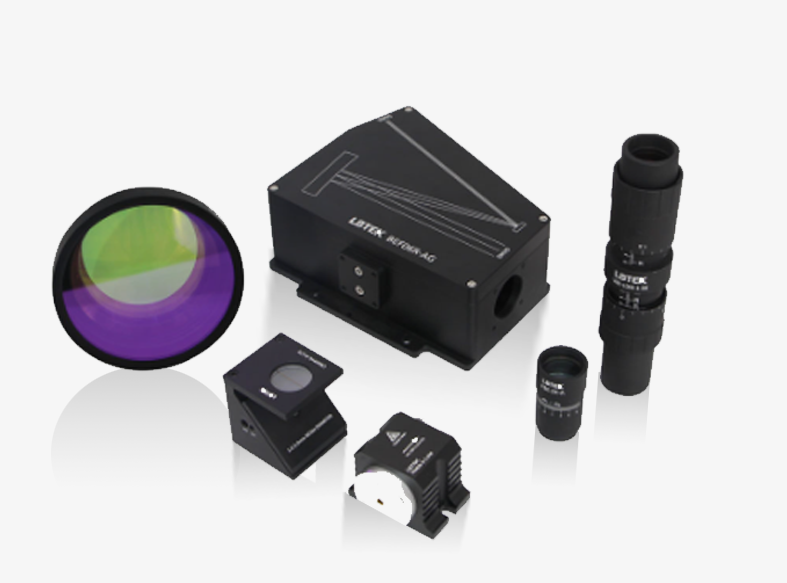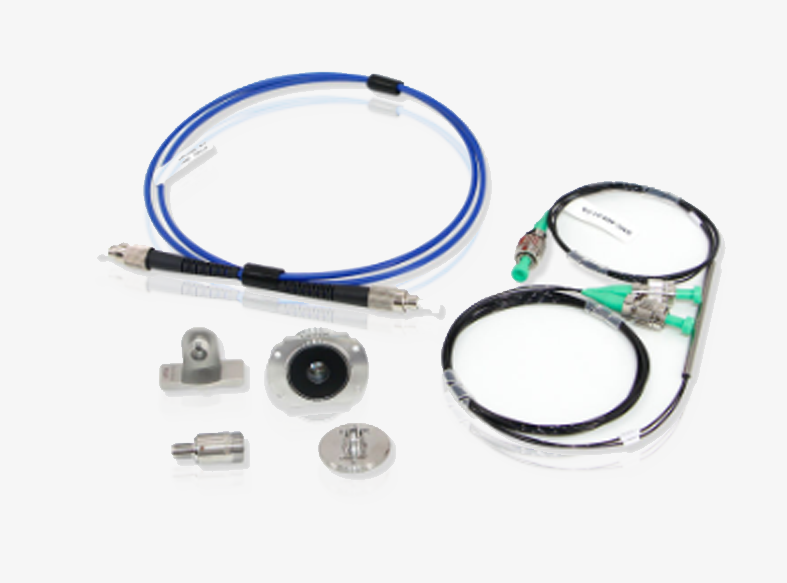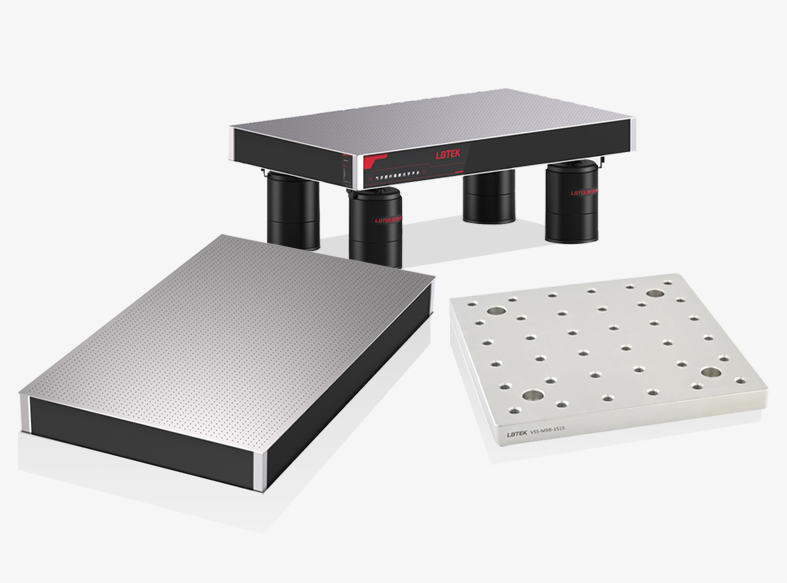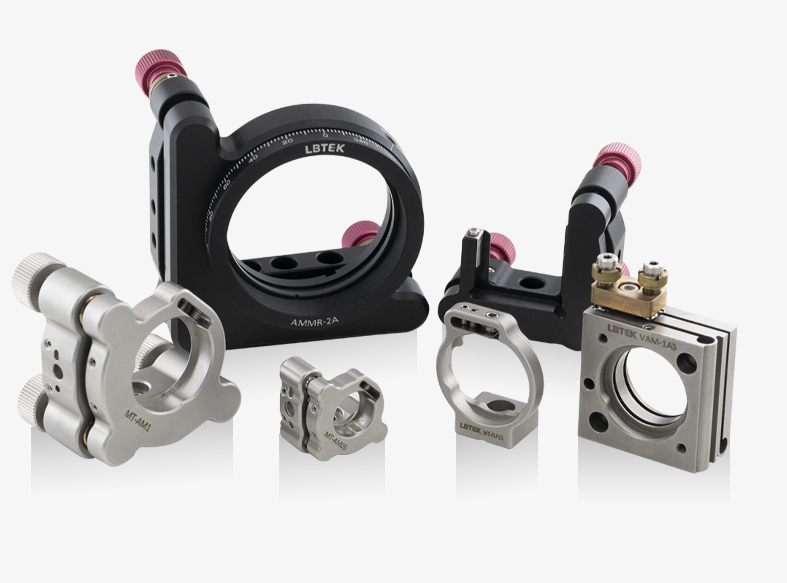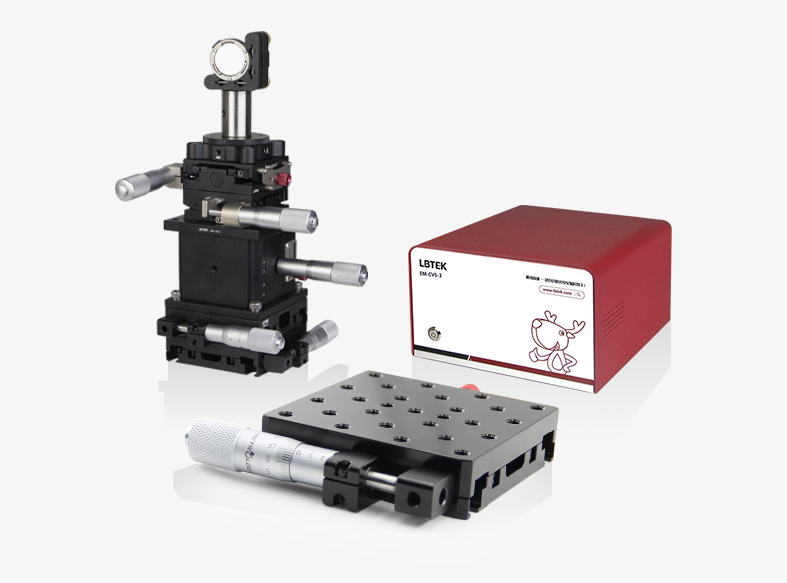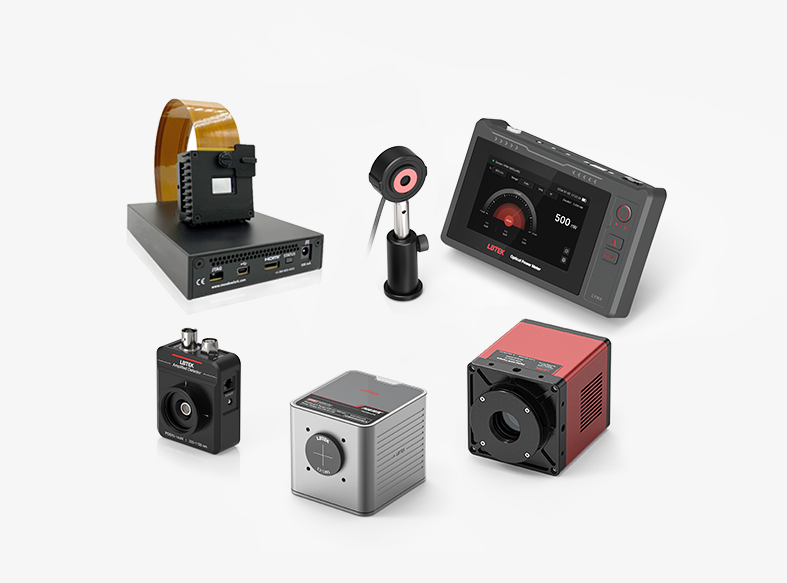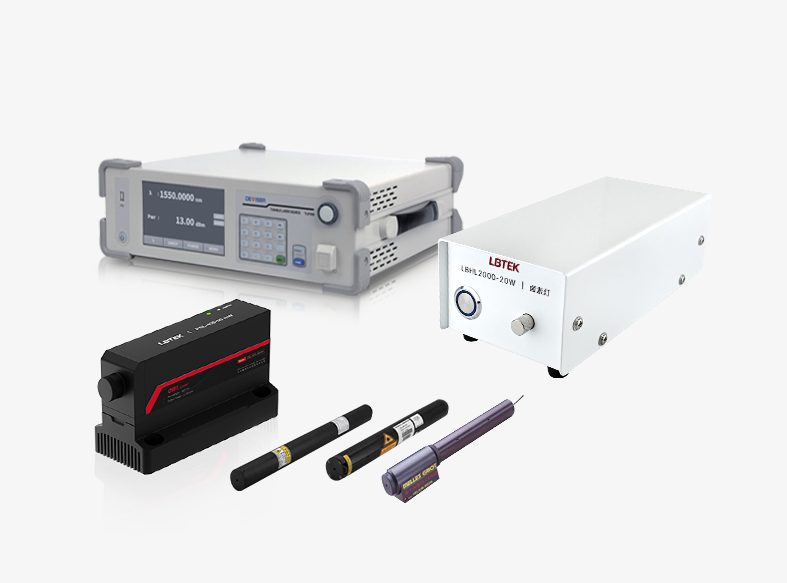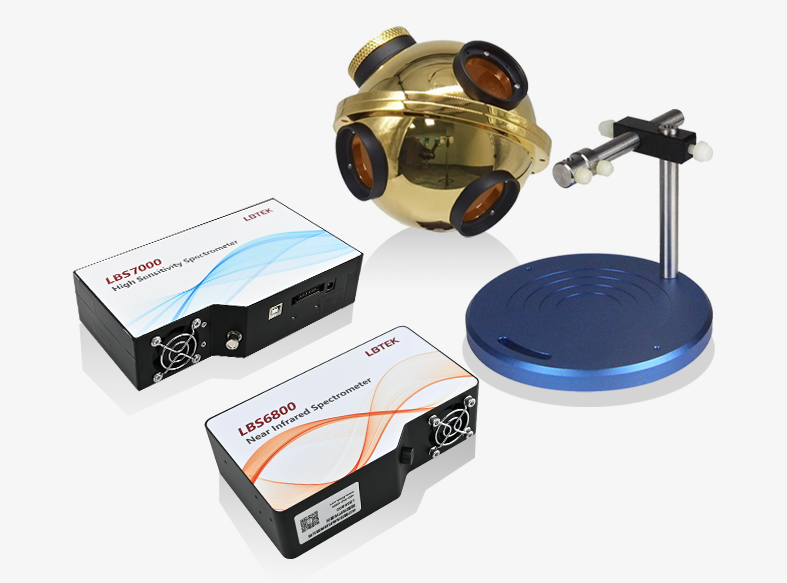- Using Mach-Zehnder interferometer with Fourier lens for spectral transformation
- Expandable to related experiments, such as 3D display of correlation peaks
- Image recognition, optical image encryption
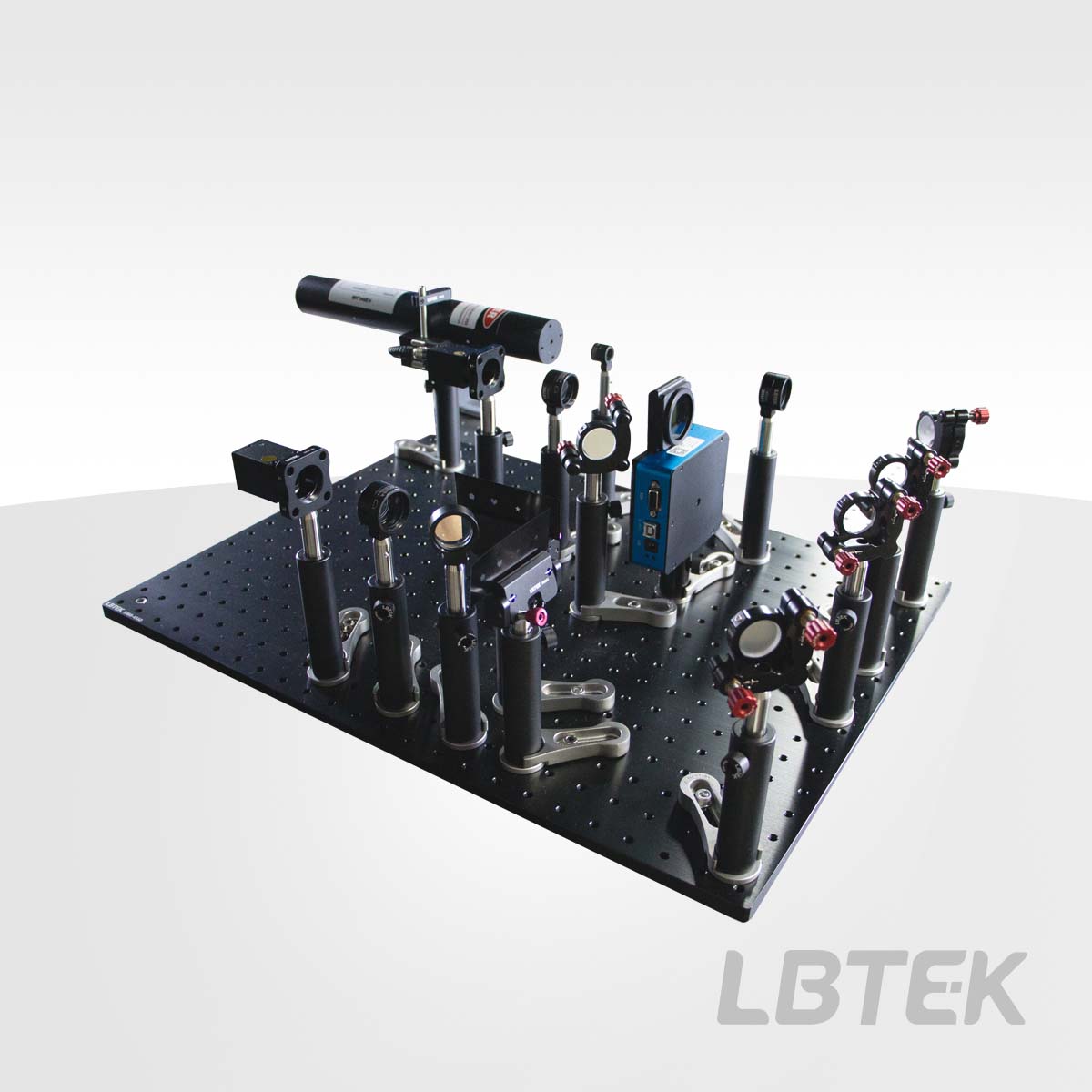
- Fourier Transform
- Mach-Zehnder Interferometer Structure
- Image Recognition
The basic principle of the LBTEK Fourier Transform Image Recognition System is: using a laser source with good coherence, the target image to be recognized and the reference image are input in parallel into the coherent optical processing system through a Mach-Zehnder interferometer. The Fourier transform of the lens is utilized to obtain the complex amplitude distribution of the reference image and the target image at the spectral plane. The corresponding power spectrum is formed by CMOS1 and input to the LCD screen of the spatial light modulator. After another Fourier transform by the lens, the correlated output is formed and received by another CMOS2. By observing the brightness and dispersion of the bright spot (correlation peak) formed between the image to be recognized and the reference image, the degree of correlation between them can be determined, thereby identifying the target image. Note: This teaching system is shipped as parts. Users can operate it according to the experimental manual. If installation service is required, the cost will be calculated separately.
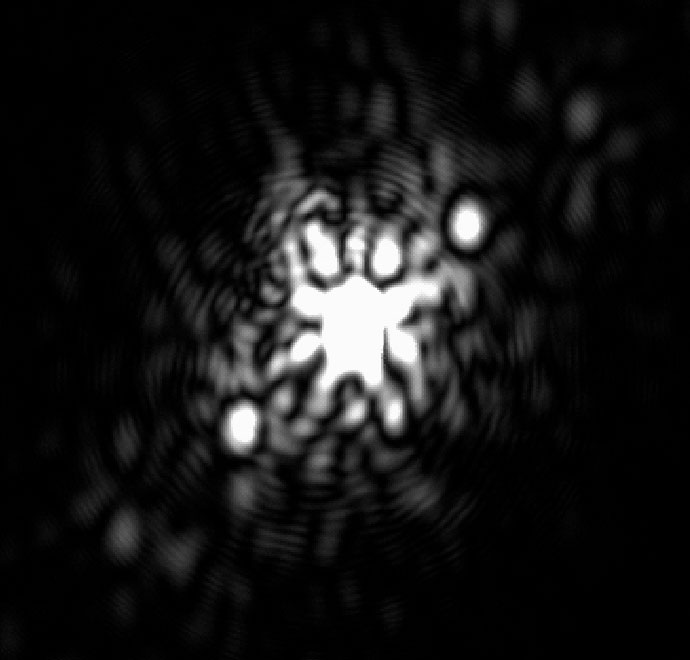
Output Results of Two Identical Images
Product Model | Description | Unit Price | Compare | Lead Time | ||
|---|---|---|---|---|---|---|
| FTIC-633 | Implement Fourier transform target image correlation output | $5759.15 | 6 weeks |
